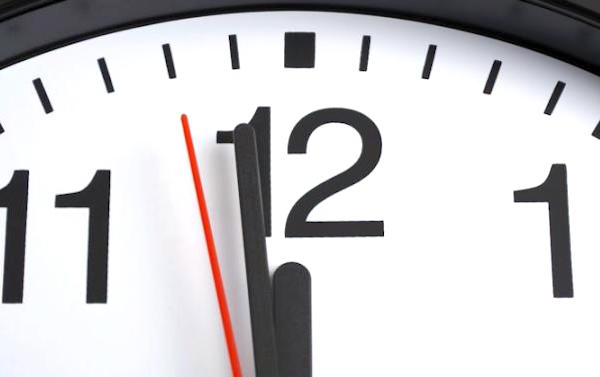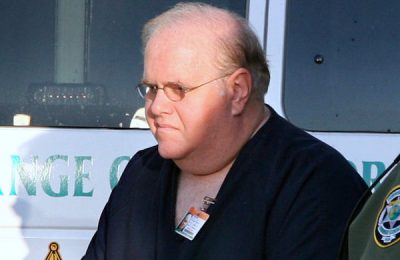2016 will need a leap second after timekeepers noticed that the time determined by super-regular atomic clocks and the rotation of Earth have become mismatched, and so our clocks will need to be adjusted accordingly.
Researchers at the International Earth Rotation and Reference Systems Service said that an additional breath of time at 6:59:59 p.m. ET on December 31 will needed to keep everything in sync. Leap seconds fill the gap and adjusts the Earth’s speed to align with most accurate clocks, particularly atomic devices that define a second.
However, the level of seconds is different than modern timepieces because of the planet’s rotation fluctuates due to the gravitational effects of the moon. The push and pull decelerates the spin between 1.5 and two milliseconds a day on average.
The U.S. Naval Observatory also announced on July 6 that timepieces tick to the rhythm of Earth’s rotation every 24 hours for the planet to complete one spin on its axis.
“If you don’t insert a leap second, eventually time based on those atomic clocks will be out of whack with solar time,” says science writer Dan Falk, who wrote the book In Search of Time. “It’s not a perfect solution. But Aristotle and Heraclitus were arguing about [time] 2,500 years ago, and we’re still arguing about it.”
Geoff Chester, a spokesman for the U.S. Naval Observatory, said the last time the atomic second had a conflict with the Earth’s rotation was sometime in the 19th century. But, a total of 26 leap seconds have been added since the practice began in 1972, when the world got 10 leap seconds to make up for lost time.
Leap seconds are important, because without them, the differences between atomic clocks and a day as defined by Earth’s rotation would slowly pile up. We’d face a two- to three-minute discrepancy between atomic time and astronomical time in 2100. By 2700, we’d get an extra half hour of sleep in the morning, which isn’t too bad.
A leap second isn’t needed every year, because Earth rotates more regularly during some periods than others. Time was then added almost every year through the 1980s. But since then some years have gone without a leap second, and this year is the first since 1998 that one has been added in consecutive years.
To a computer that runs the atomic clock, a minute is always 60 seconds. And in today’s global digital networks, our telecommunication systems can be sensitive to even tiny changes in their internal clocks. Everything from mobile phones, tablets and other pocket devices.











